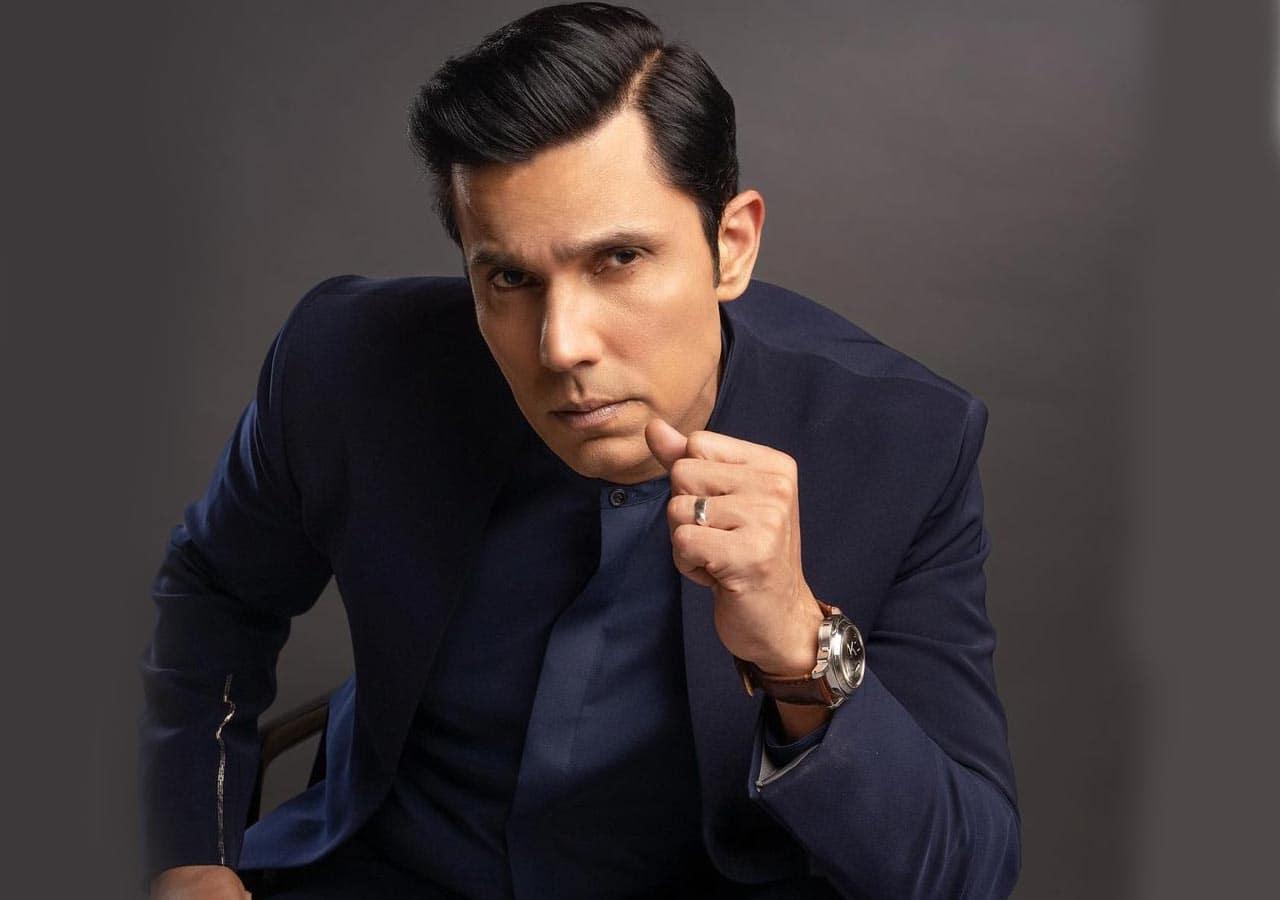Over the past year we’ve been keeping track of the biggest trends in sports streaming on the StreamTime Podcast.
Ahead of the sixth instalment of the SportsPro OTT Summit, which takes place in Madrid from 29th November to 1st December, here are 15 things that keep coming up in the sports streaming conversation.
1. Goodbye subscriber numbers, hello profitability and time watched
Since the beginning of the streaming era, it’s all been about subscriber numbers and growth – and growth at any cost. But the game has changed: the stock market and investors are more critical, and with the growth of advertising in a key monetisation model measuring success is changing for all media businesses.
2. Sports OTT platforms are becoming ‘one-stop shops’
Standalone OTT platforms are hard enough to build and operate, but they’re even harder to monetise, or even just to hold audiences for significant periods of time. That’s why sports OTT platforms need more, and as a result we’re seeing the layering of fan engagement, betting, fantasy sports, TikTok experiences, and other features in the bid to become a seven-days-a-week destination for fans, not just a place to watch the live match. Fifa and the NBA are the latest to launch platforms tackling this. Expect a lot more of it to come.
3. The consolidation has begun
Over the first stage(s) of streaming, the market has been filled with new platforms looking to plant their flag into the sports OTT ecosystem, and with that win and maintain market share in a fast-moving industry. The problem: streaming adoption has not moved as fast as hoped and many of these businesses are losing a lot of money.
4. Big Tech will continue to spend – Google’s come to the table
Last year I’d written off the big-spending moves of Big Tech and the likelihood of any real waves being created in sports. We’d fallen into a fairly ‘same, same, but different’ situation, with the only difference being rights were being bought by the incumbents to spread across linear, cable and now streaming platforms.
5. Betting will not ‘fund the gap’
Betting was supposed to be the great game changer and ARPU (average revenue per user) driver. But there are several problems: it’s not cheap to run a betting business, it’s not easy to get licenses, the margins are poor, the majority of fans don’t want to bet, and they don’t need it to be fully integrated into their live sports experience. Some do, and some will love it, but it’s never going to be at the scale many hoped.




